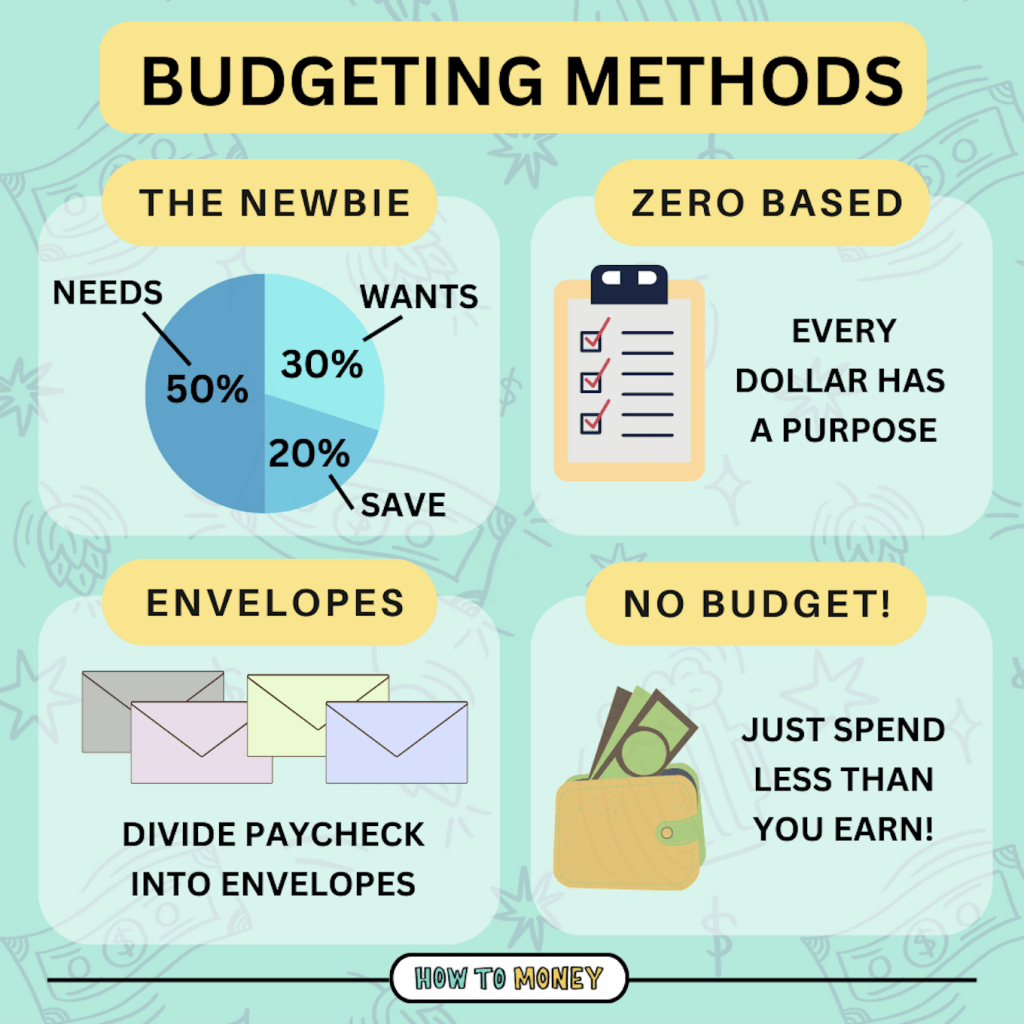
Okay, here’s a 1200-word article outlining skit ideas contrasting budgeting and spending, highlighting the humor and potential educational value.
Budgeting vs. Spending: Hilarious Skit Ideas to Teach Financial Responsibility
Financial literacy isn’t always the most exciting topic. But, by using humor and relatable scenarios, it can become engaging and even entertaining. Skits that contrast budgeting and spending are a fantastic way to illustrate the importance of financial responsibility in an accessible and memorable way. This article explores a range of skit ideas, delving into different scenarios, characters, and comedic approaches to make learning about money management fun and impactful.
The Core Concept: Highlighting the Divide
The central conflict in any budgeting vs. spending skit is the tension between planning for the future and immediate gratification. The key is to showcase the consequences of each approach – the security and stability that budgeting provides versus the potential pitfalls of impulsive spending. The skits should aim to showcase the following:
- Budgeting: Planning expenses, prioritizing needs over wants, saving for goals, and tracking income.
- Spending: Impulsive purchases, ignoring long-term financial goals, accumulating debt, and living paycheck to paycheck.
Skit Idea 1: The Dueling Roommates
- Characters:
- Penny Pincher (Budgeter): Organized, frugal, and focused on long-term financial goals.
- Splurge McSpendthrift (Spender): Impulsive, easily tempted by sales, and lives in the moment.
- Setting: A shared apartment.
- Scene 1: Penny Pincher is meticulously creating a budget spreadsheet. Splurge McSpendthrift enters with a mountain of shopping bags.
- Comedy: Exaggerate the contrast. Penny uses coupons and meal preps. Splurge bought the latest gadgets and designer clothes.
- Dialogue: Penny lectures Splurge on the importance of saving for rent, utilities, and future goals (like a down payment on a house). Splurge dismisses it, claiming "You only live once!" and justifying purchases with flimsy excuses ("It was on sale!").
- Scene 2: A week later. Penny is relaxed, having paid all bills on time and added to her savings. Splurge is frantically trying to figure out how to cover the rent, having blown all their money.
- Comedy: Penny calmly enjoys a home-cooked meal while Splurge eats ramen noodles. Splurge tries to borrow money from Penny, who reluctantly agrees, but with strict repayment terms.
- Dialogue: Splurge whines about being broke, blaming external factors. Penny gently points out the consequences of impulsive spending and offers to help Splurge create a budget.
- Scene 3: A month later. Splurge has (somewhat) learned from Penny. They are now making small steps towards better spending habits. They are still tempted, but now considers the budget.
- Comedy: Splurge almost buys an expensive item but manages to resist. They find a cheaper alternative.
- Dialogue: A small victory for budgeting and spending habits.
- Educational Value: This skit highlights the importance of budgeting, saving, and the consequences of impulsive spending. It also demonstrates that it’s possible to change spending habits.
Skit Idea 2: The Business Buddies
- Characters:
- Cautious Carl (Budgeter): A careful and calculated business owner who focuses on long-term growth and profitability.
- Reckless Rhonda (Spender): A flamboyant and impulsive business owner who prioritizes immediate gratification and flashy marketing.
- Setting: Adjacent office spaces in a shared building.
- Scene 1: Cautious Carl is reviewing financial statements and making strategic investments. Reckless Rhonda throws a lavish launch party with expensive decorations and celebrity endorsements.
- Comedy: Exaggerate the differences in their business strategies. Carl uses cost-effective marketing techniques, while Rhonda relies on extravagant events.
- Dialogue: Carl questions Rhonda’s spending habits, warning about the risks of overspending. Rhonda dismisses his concerns, claiming "You have to spend money to make money!"
- Scene 2: Six months later. Carl’s business is steadily growing, while Rhonda’s is struggling to stay afloat due to high overhead and debt.
- Comedy: Carl enjoys a steady stream of customers, while Rhonda is desperately trying to attract new clients.
- Dialogue: Rhonda realizes the consequences of her reckless spending and seeks advice from Carl. Carl offers to mentor her and help her develop a sound financial plan.
- Educational Value: This skit illustrates the importance of budgeting, financial planning, and risk management in a business context. It demonstrates the long-term benefits of responsible financial practices.
Skit Idea 3: The Time-Traveling Twins
- Characters:
- Future Fiona (Budgeter): A successful and financially secure woman from the future who enjoys a comfortable life.
- Past Patty (Spender): A young and impulsive woman from the past who struggles with debt and financial insecurity.
- Setting: A time warp location.
- Scene 1: Future Fiona travels back in time and encounters Past Patty, who is surrounded by shopping bags.
- Comedy: Exaggerate the differences in their lifestyles. Fiona is dressed in elegant clothing and enjoys financial freedom, while Patty is overwhelmed by debt and financial stress.
- Dialogue: Fiona warns Patty about the consequences of her spending habits and offers to share her knowledge of budgeting and financial planning. Patty is skeptical at first but eventually agrees to listen.
- Scene 2: Fiona takes Patty on a "tour" of her future, showing her the benefits of saving and investing. Patty witnesses the positive impact of responsible financial practices.
- Comedy: Fiona shows Patty her comfortable home, her investments, and her philanthropic activities. Patty is amazed and inspired to change her ways.
- Dialogue: Fiona explains the importance of setting financial goals, creating a budget, and investing wisely. Patty begins to understand the value of long-term financial planning.
- Educational Value: This skit uses a creative and engaging narrative to illustrate the long-term benefits of budgeting, saving, and investing. It emphasizes the importance of making smart financial decisions early in life.
Skit Idea 4: The Game Show
- Setting: A game show stage
- Characters:
- Host: A charismatic game show host.
- Contestant 1: Budgeting Bob: Knows the value of the money
- Contestant 2: Spending Sally: Does not know the value of the money.
- Gameplay: The host asks a series of questions related to budgeting, spending, saving, and investing. Contestants buzz in to answer. The game should have challenges.
- Comedy: Misconceptions about finance can be used for comedy. Exaggerate the contestants’ reactions.
- Dialogue: The host will explain why the answers are correct.
- Educational Value: This skit can be interactive and engaging.
Key Elements for Success:
- Relatable Characters: Create characters that the audience can identify with, showcasing common struggles and temptations related to spending.
- Exaggerated Situations: Use exaggeration and absurdity to amplify the comedic effect. Over-the-top spending habits and dramatic consequences can make the message more memorable.
- Clear Message: Ensure that the skit clearly conveys the benefits of budgeting and the pitfalls of impulsive spending.
- Positive Resolution: Aim for a positive resolution that shows the spender learning from their mistakes and adopting better financial habits. Even if the spender doesn’t fully transform, showing small steps towards improvement is valuable.
- Visual Aids: Incorporate visual aids such as props, charts, and graphs to illustrate financial concepts and make the skit more engaging.
- Humor: Use humor to make the topic more accessible and enjoyable. Self-deprecating humor, witty dialogue, and slapstick comedy can all be effective.
Conclusion:
Skits that contrast budgeting and spending are a powerful tool for teaching financial literacy in an engaging and memorable way. By using humor, relatable characters, and creative scenarios, these skits can make the topic more accessible and enjoyable for audiences of all ages. Whether you’re teaching students, employees, or community members, these skit ideas can help you promote responsible financial practices and empower people to take control of their financial futures. So, grab your script, gather your actors, and get ready to bring financial literacy to life!



